Rebuild or Replace? Making the Right Call for Your Heavy Equipment Fleet
Your equipment is more than just machinery; it’s your productivity, your uptime, and your bottom line. So when a key machine starts to show its age, you’re faced with a critical decision: rebuild it or replace it?
There’s no universal answer. The right move depends on your fleet’s performance, your business goals, and your long-term strategy. This guide breaks down the pros and cons of both paths to help you make the most informed and cost-effective decision.
Why Rebuild? The Case for Extending Equipment Life
A machine rebuild goes far beyond routine maintenance. It involves replacing or overhauling major components like engines, transmissions, hydraulics, and electronics, with new or remanufactured parts. When done right, a rebuild can return your equipment to like-new condition for a fraction of the cost of replacement.
Key benefits of a rebuild:
- Lower upfront investment than buying new
- Extended equipment lifespan, often adding thousands of productive hours
- Improved performance thanks to updated components
- Increased resale value, especially when done through a certified program
- Minimal operator training, since you’re retaining familiar equipment
A full refurbishment often includes performance testing, recalibration, and updated safety features, boosting both efficiency and operator confidence.
When Replacement Makes More Sense
Despite the advantages of rebuilding, there are situations where buying new is the smarter long-term move. If your equipment is significantly outdated, constantly breaking down, or can’t meet your current project demands, a new machine could deliver:
- The latest technology and safety systems
- Enhanced fuel efficiency and lower emissions
- Increased jobsite productivity
- Higher capacity and improved functionality
While new equipment comes with a higher price tag, it can result in lower total cost of ownership over time due to fewer repairs, less downtime, and better performance.
Decision Drivers: What to Consider
- Equipment Age and Usage
Machines that are well beyond their expected lifespan, especially those with high hour counts, are more prone to breakdowns. Compare your equipment’s actual usage to the manufacturer’s recommended lifecycle. If you’re near or over that limit, rebuilding may offer diminishing returns.
- Project Requirements
Has your workload evolved? Are you taking on larger-scale projects or specialized jobs? If your current equipment can’t keep pace with new demands, replacement may be necessary to stay competitive.
- Cost Comparison
Use this quick formula to evaluate your cost per hour:
(New Equipment Price × 0.5) / (Estimated Equipment Life × 0.75) = Cost per Hour
Example:
- New equipment price: $140,000
- Estimated life: 10,000 hours
- Rebuild cost: $70,000
- Rebuilt life: 7,500 hours
New:
($140,000 × 0.5) ÷ (10,000 × 0.75) = $9.33/hour
If your rebuilt machine’s cost per hour comes in lower, it may be the more cost-effective option, especially when factoring in operating efficiency and downtime.
- Safety and Compliance
If your machine is compromising operator safety or doesn’t meet current emissions regulations, replacement is often the only responsible choice. Don’t risk your crew or your jobsite reputation on aging, unreliable equipment.
- Financing and Business Goals
Cash flow matters. Rebuilds can offer an affordable path to equipment renewal, especially if your capital budget is tight. But if you’re prioritizing long-term performance, operational efficiency, or fleet expansion, financing a new purchase may align better with your goals.
Still Not Sure? Let’s Break It Down Together.
Choosing between rebuilding and replacing your heavy equipment isn’t easy, but it doesn’t have to be a shot in the dark. A clear cost analysis, matched with your fleet’s performance data and project needs, will lead you to the best decision.
Need help crunching the numbers or evaluating your options?
Contact our team today for a personalized equipment assessment. We’re here to help you keep your fleet running strong and your business moving forward.








